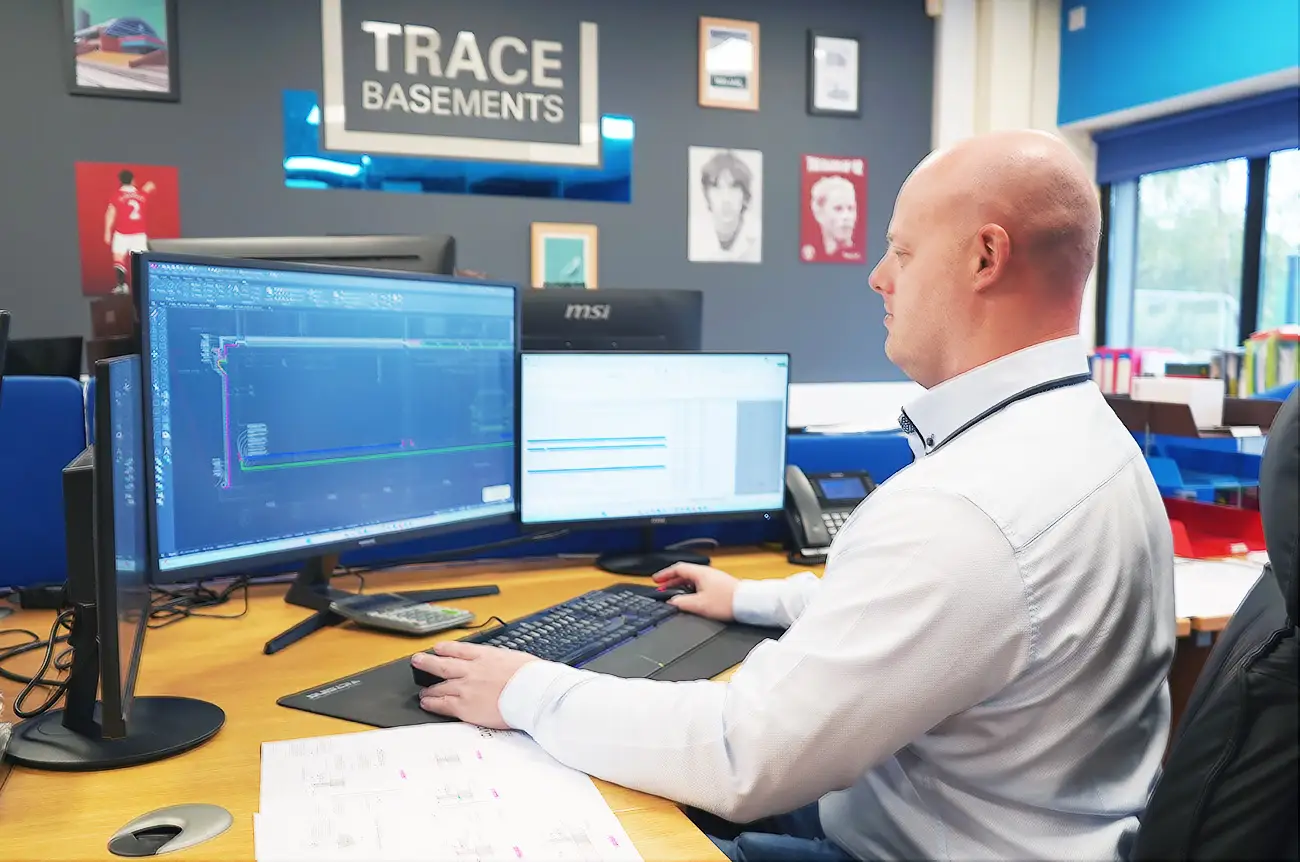Modular Drainage Waterproofing Systems
This is the story of an unfortunate homeowner let down by a poor waterproofing design, and an installing contractor that ceased trading, leaving substantial problems and costs in their wake.

By James Hockey



When we build below ground, we have to include waterproofing or otherwise accept the risk that groundwater will pressure on the structure and penetrate, which in most cases is not what we want in our basements & cellars.
Broadly speaking we can address this risk in one of two ways, either by forming a barrier to block water out, or accept that some water will penetrate and 'deal' with that which does. 'Dealing' with or 'managing' water, is much of what we do, because if you remove it, it ceases to be a problem. This form of waterproofing construction is known as 'drained protection', and the systems typically comprise three elements:
- A sump pump system, to remove water collected within the drainage system.
- A drainage channel system, installed to collect penetrating water and to act as a conduit to allow water to flow to the pump.
- A cavity drainage membrane, which is applied over all ground retaining wall and floor surfaces, so that any moisture or dampness present, is isolated from the interal space.
Thus, by removing all water, and isolating all dampness from the interior, a dry space can be provided.
A typical section detail might look something like this:
We provide a single point of responsibility protecting all stakeholders.
We take full accountability for the waterproofing process, serving as a single point of responsibility to ensure seamless coordination and execution. This approach protects all stakeholders by minimising risk, eliminating communication gaps, and ensuring the highest standards of quality and reliability throughout the project.
Find out more
